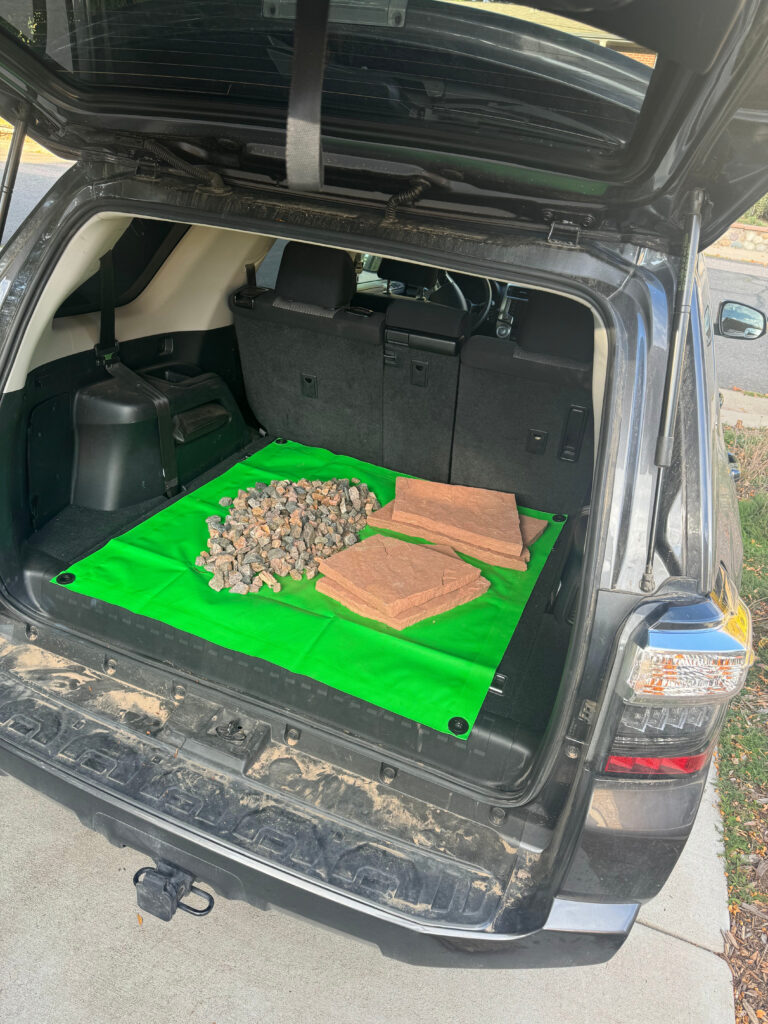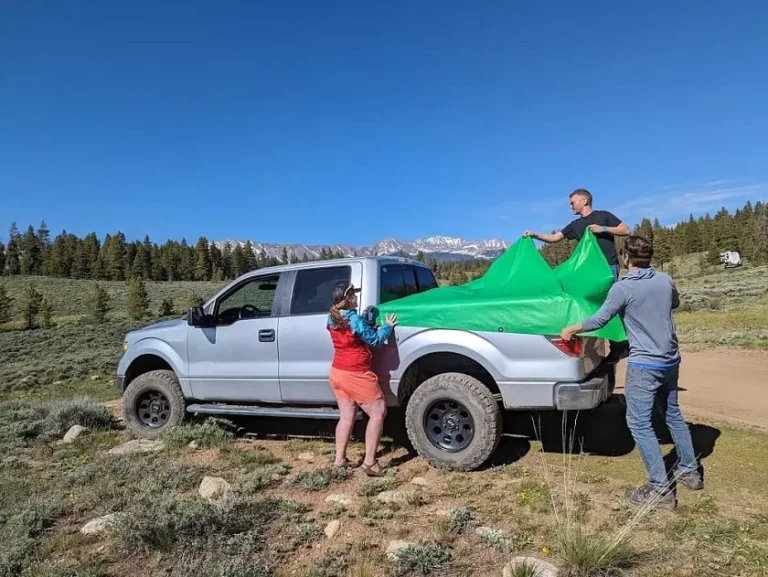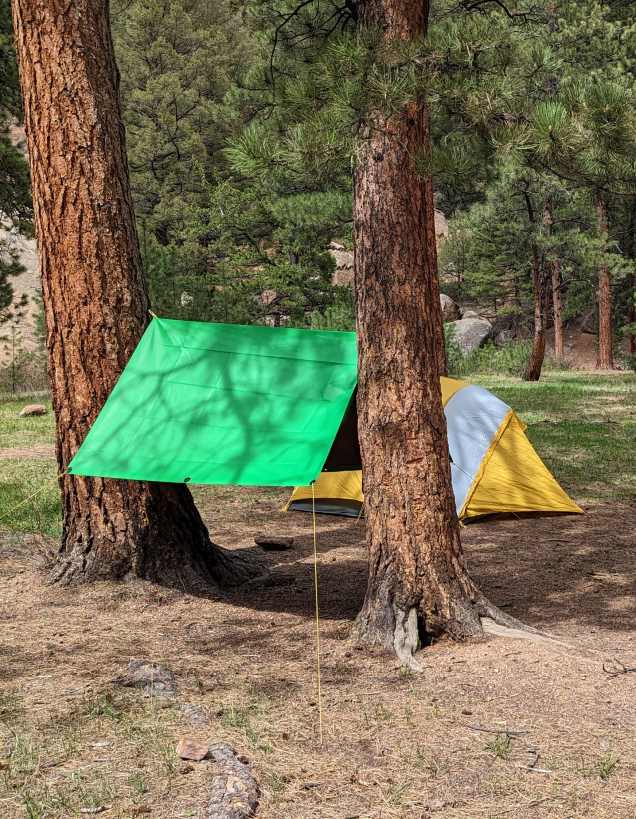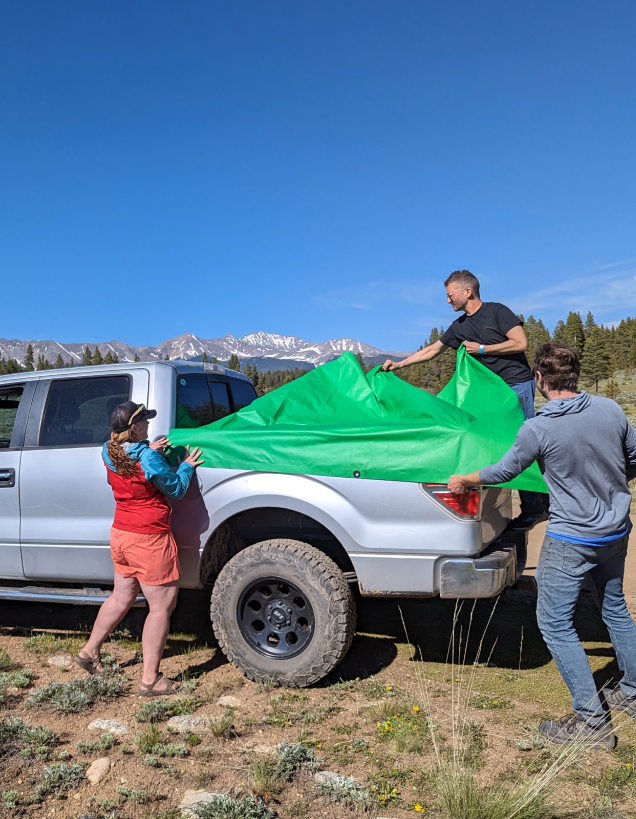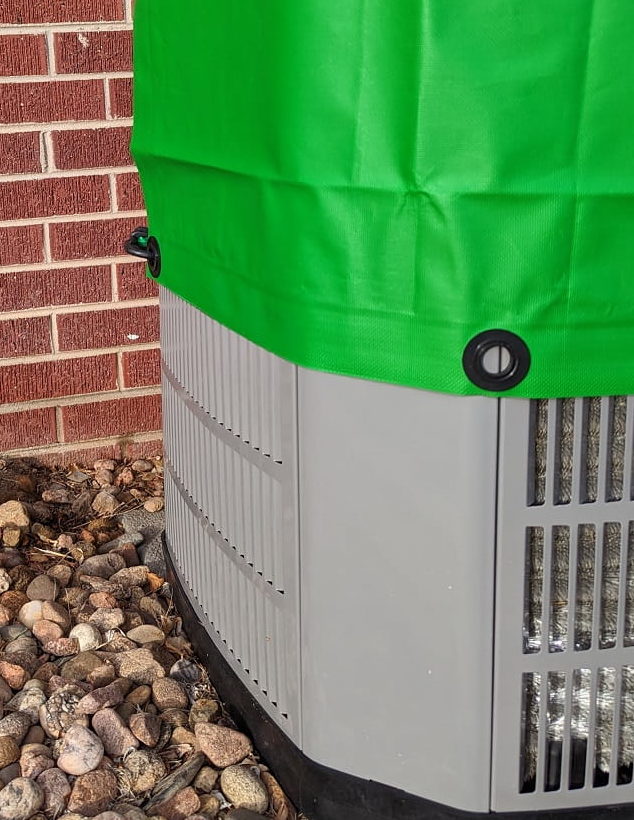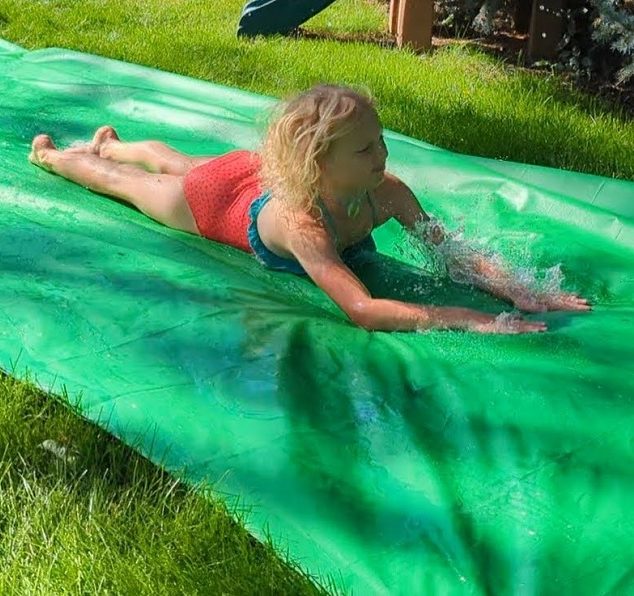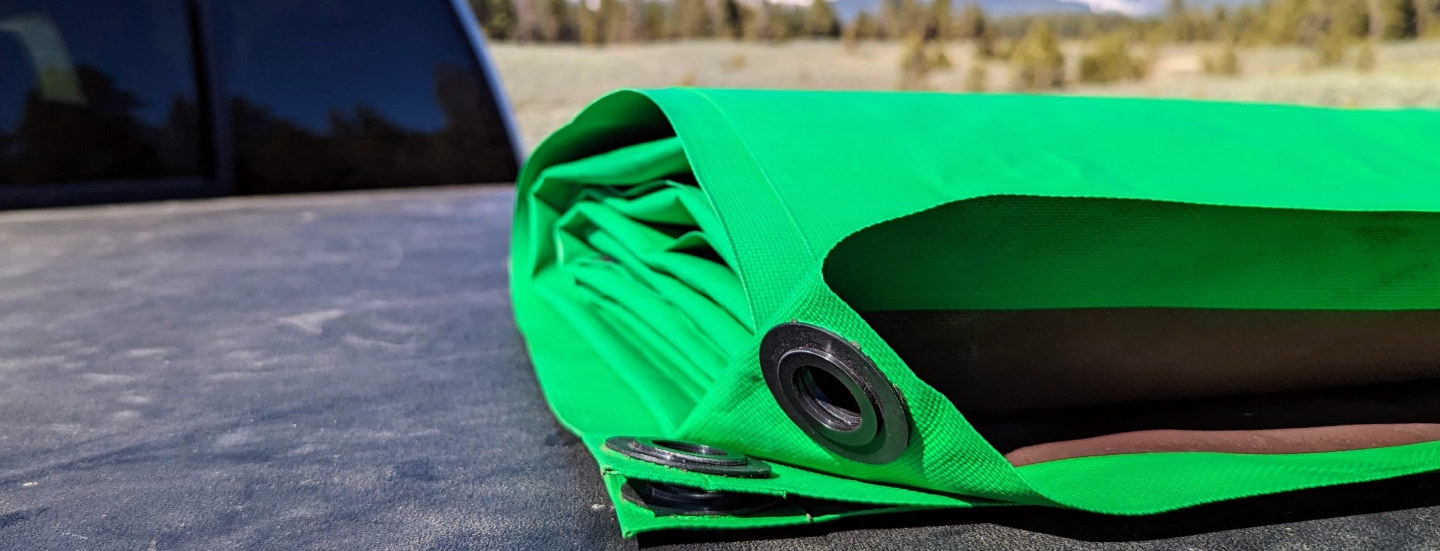
Renegade Plastics
Being tough doesn’t have to mean turning your back on Mother Nature
We started Renegade with a bold mission—to forge products as tough as they are kind to the Earth. From backyard to backcountry, our products stand up to the toughest conditions while reducing their impact on planet Earth.
Build a better future with Renegade!
Recyclable with Renegade
Grommets Made from Recycled Fabric
Free of PFAS, BPA and PVC
Meet the Renegade Tarp

8′ x 6′ Renegade Heavy Duty Tarp
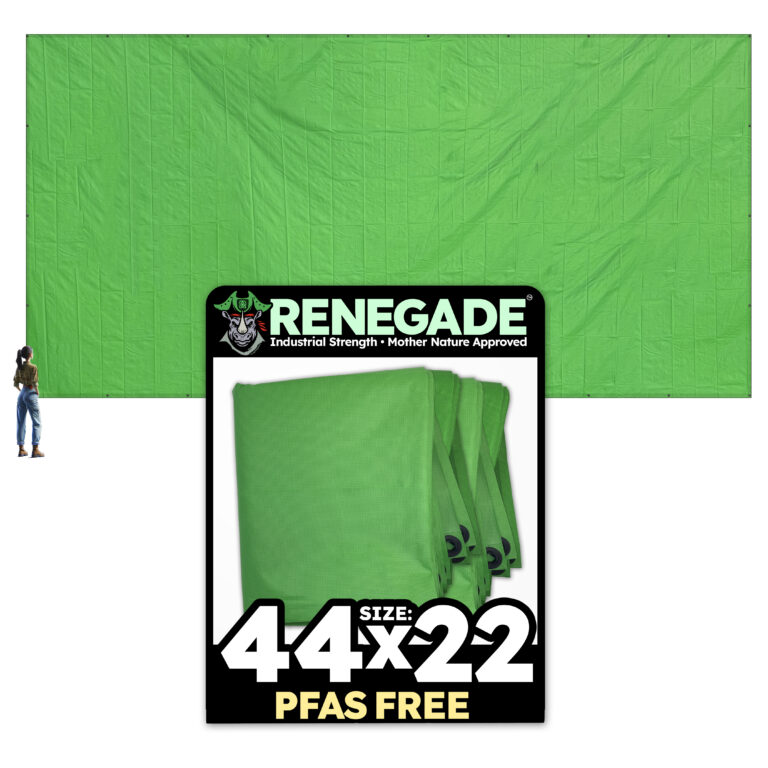
Industrial Strength Tarp | 44’ x 22’
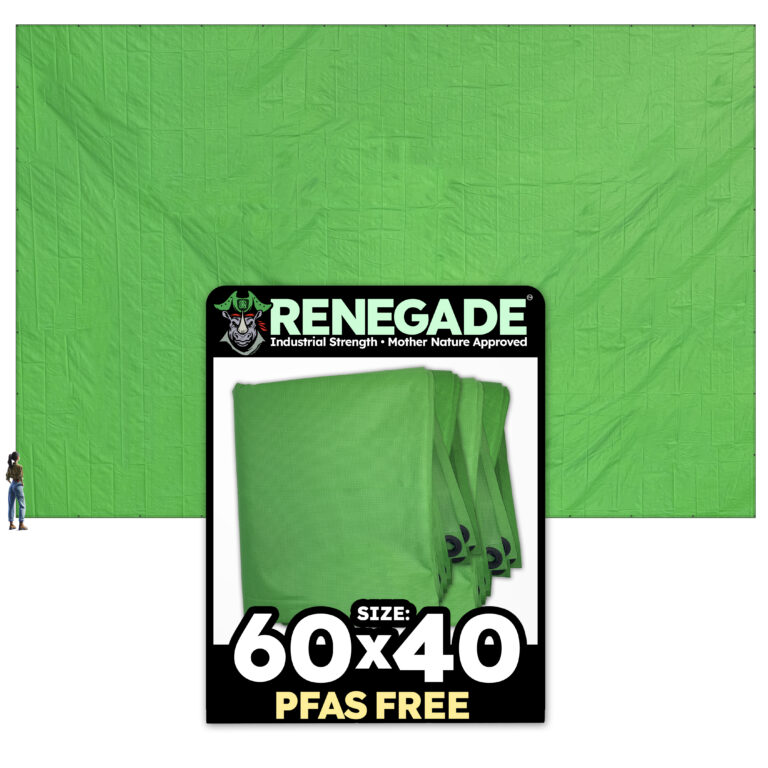
Industrial Strength Tarp | 60’ x 40’
Why Choose The Renegade Tarp

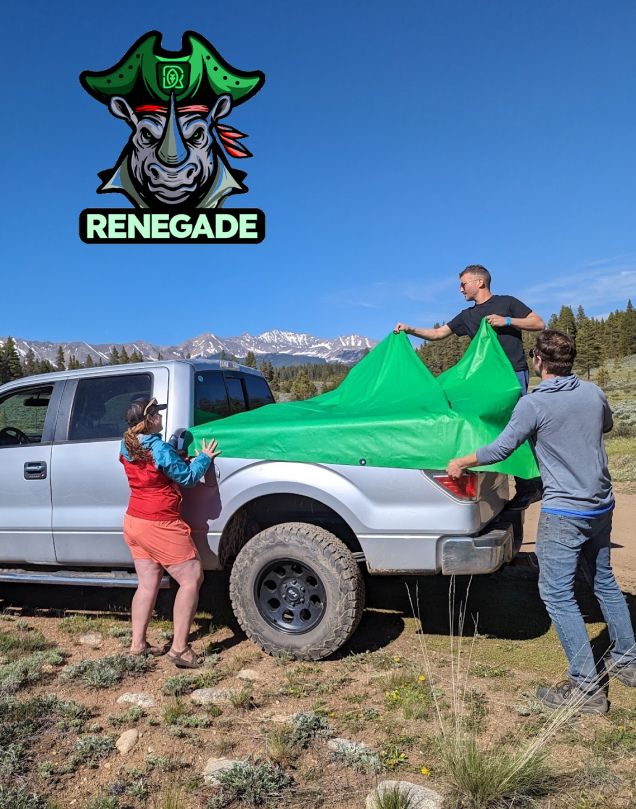
Heavy Duty Tear Resistance
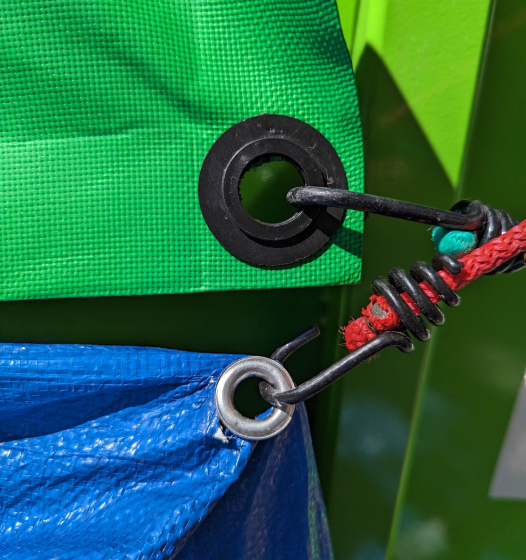
Recyclable
The Renegade Tarp is designed to be recycled at the end of its useful life. Our goal is to keep more tarps from piling up in landfills. We found a new manufacturing method that maintains durability and strength, but uses materials that are accepted by over 60% of U.S. plastic recycling facilities. Our extra-strength grommets are made from our recycled scrap fabric (that’s cool, right?). The entire tarp is can be recycled with Renegade. Whenever it’s time to replace it, just visit https://renegadeplastics.com/recycling/tarps/ to send it back to Renegade for recycling.
*While our tarps are made from polypropylene, which is accepted by more than 60% of U.S. recyclers, most recyclers have never seen polypropylene used in this way. Therefore, we currently recommend that customers return their tarps to Renegade for recycling.
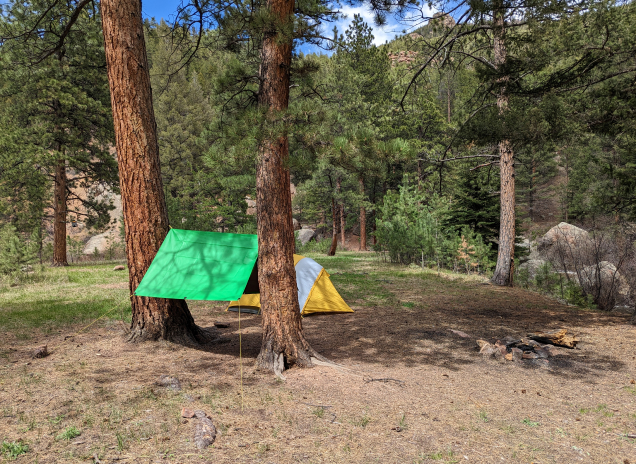
Free of PFAS, BPA, PVC and Fewer Plastic Shreds Too
These harmful chemicals can leach into our water sources and are linked with health problems. Most humans now have measurable amounts inside them, stemming from microplastics and chemicals used in our everyday products. Slowly but surely, by adapting and upgrading the products we use, we can fix this.
Renegade also donates $1 for every registered tarp to the World Wildlife Fund.
Our tarps are like multi-tools made from big woven sheets of awesome.
FAQ
What are your tarps made out of?
The Renegade tarp is made from a patent pending polypropylene fabric designed to replace unsustainable products like polyethylene and pvc.
Where are your tarps manufactured?
Currently, our fabrics are made in South Korea and the tarps are manufactured at a facility in Vietnam. We frequently visit these locations to personally meet with the staff and ensure safe working conditions. Renegade has an exclusive license for these materials in North America.
Why are your tarps better than what I can get at one of the big DIY chain stores?
Someone a long time ago invented the cheap blue tarp as an alternative to the canvas tarps of yore. The blue tarps were made of a new fangled material called plastic, which was lighter weight and didn’t rot. Years later we all now just think that tarps are supposed to be made of cheap plastic. But as DIY gurus and lovers of the outdoors, we wanted to eliminate those blue strips of plastic from when those cheap tarps fray. So we made a better tarp.
Why are your grommets better?
First, we use our own recycled fabric scrap to make the grommets for circularity. Second, we weld the grommets to the tarps. Since they are made of the same polymer as the tarp, they have similar tensile strengths. Therefore, our grommets don’t rip out when they are pulled on.
What color are your tarps?
Currently, all our tarps are two-toned. Green is up, brown is down. If you buy one, more colors will come.
How do I recycle my tarp?
When it’s time, the shipping/storage bag for your tarp is your shipping parcel. Just follow the steps at the following link https://renegadeplastics.com/recycling/tarps/ to receive your shipping label. The storage packaging is also recyclable, so please use this throughout the tarp’s life.
Why does my tarp get dark spots when it gets wet?
We don’t treat our tarps with potentially toxic moisture-wicking chemicals, so if the surface layer of the tarp gets worn down, water might temporarily absorb into the tarp and appear as a dark spot. The tarps are made from mildew resistant materials and we recommend leaving the tarp out to dry before folding back into its storage bag. The dark spots should not affect the performance of the tarp other than just aesthetics – it’s a small price to pay for a better tarp.
